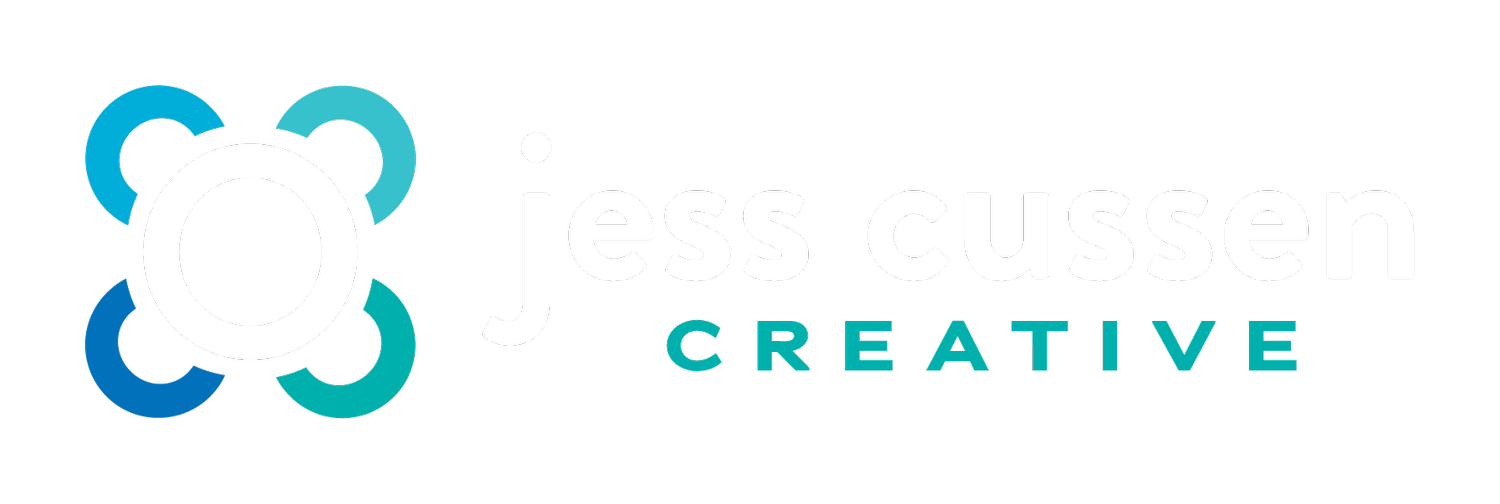Have you ever wondered what work goes behind creating a logo?
During my recently completed logo design for Hatch Solutions, I made sure I saved my ‘work in process’ so I could share with you the three main processes I take in order to create a logo.
Company overview: Hatch Solutions is bespoke and not afraid to challenge the status quo. Their work portrays high quality, professionalism, and innovation. With both owners having diverse skillsets in the private and public sector, their service sure is one you can trust.
MARKET RESEARCH + MOOD BOARD
Market Research is a visual evaluation on the companies competitors, both local and interstate. The main questions I ask myself are:
What common elements are these companies using in their logo/branding design?
How is that making me feel in terms of the service they offer? i.e is it a true reflection?
What works about their design, and what doesn’t work?
and finally…
What can I do to make mine different and better?
Once I have these thoughts floating around in my head, I then move onto the mood board. A mood board is a series of images, patterns and colours that intend to project a particular ‘style’ of concept. Once I have pulled off a few images for inspiration, I then move onto some sketches.
SKETCH + SCAN
At this stage, I may have 100 ideas floating around in my head. The quickest way to get them out is to sketch. Sketching is an important aspect of creating a logo design. It allows me to have complete freedom to explore my imagination and come up with some (very rough) creative ideas.
Once I have chosen a concept idea, I then scan my sketch and save it to my computer. This allows me to then place the image into my design program so I can trace and digitalise.
CREATE
Now for the fun part! Creating the logo in a digital format. This part in itself has multiple processes, which takes a lot of experimenting and trial and error. For this particular project, I started with the icon creation. This was fairly easy as I already had done my sketches and I knew what I wanted.
Please note: sometimes a sketch idea doesn’t work in digital format so there might be some times where I need to go back to the drawing board.
Once I had a rough outline of my icon, I then experimented with different font choices and colour combinations. Fonts and colours are tweaked to ensure the design is 100% unique.
This process doesn’t happen quickly. Sometimes I need to look at the logo 8-12 times before I am completely happy with it.
THE FINAL LOGO DESIGN
After experimenting multiple times with fonts, colours and format lockups, a final design was decided on to present to the client.
And there we have it.
I hope you enjoyed this blog and gained some insight into what it takes to create a logo!
“Jess was absolutely fantastic to work with in developing the branding for our new business. She listened to what we were after and developed a brand that is ‘on point’ and represents what we stand for. Jess was responsive, professional and super helpful. I would have no hesitation in recommending Jess for any of your creative design needs.”









